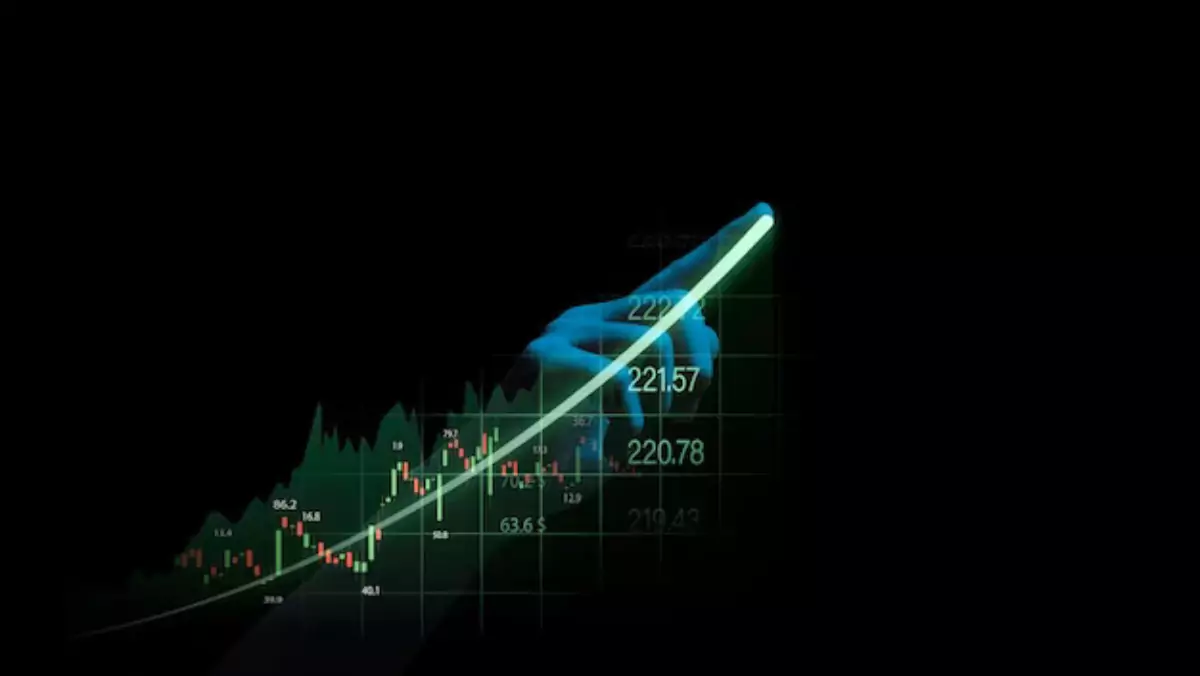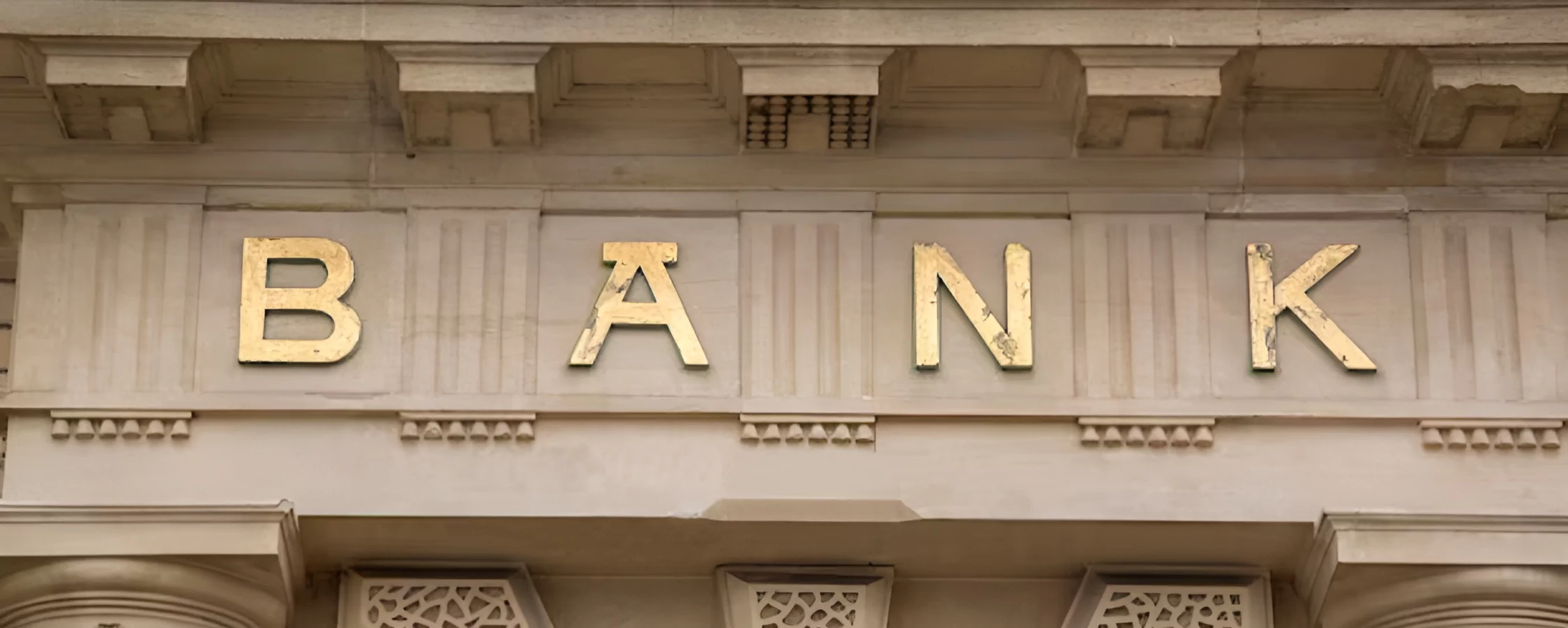The MACD indicator is well-known in technical analysis. This momentum trend-following indicator is used by traders to improve their trading capabilities and increase the earnings they make on each trade. Due to this, some traders may question the value of this indicator and how to effectively do it. This article will help in providing that as well as every piece of information required to take advantage of MACD to its maximum potential.
The Topics Discussed in this Article:
- An explanation of the MACD indicator.
- How to calculate MACD
- The difference between MACD and RSI indicator
- Using MACD, RSI, and SMA together in one strategy.
- Strategies using MACD.
- MACD Divergence.
- The drawbacks of using MACD in trading.
What is the MACD Indicator?
A momentum trend-following indicator called moving average convergence/divergence (MACD, or MAC-D) illustrates the connection between both of the exponential moving averages (EMAs) of a security’s price. The 26-period EMA is subtracted from the 12-period EMA to calculate the MACD line.
The MACD line appears as a result of this calculation. The signal line, which is the nine-day EMA of the MACD line and is drawn on top of the MACD line, can be used to generate buy or sell signals. When the MACD line crosses above the signal line, traders may purchase the security. Conversely, when the MACD line crosses beneath the signal line, traders may sell—or short—the asset. The most popular ways to interpret MACD indications include crosses, divergences, and quick increases and falls.
Calculating MACD
The total (MACD) indicator is produced by several calculations that all employ exponential moving averages.
This is how an EMA is determined:
For the specified amount of time, determine the simple moving average (SMA). (The EMA starts its calculation process using an SMA as the EMA for the prior period.) This is merely the total of the previous 12 time periods divided by 12 to determine a 12-period EMA.
The Weight Multiplier is then calculated in the following manner:
K = 2/(n+1). Where n is the period.
The EMA formula can be put as the following:
EMA = ( current closing price *K ) + ( Previous EMA * ( 1 – K ) )
Next, to put together the MACD we must do all the following steps:
- Make a 12-period EMA calculation for the price over the selected time frame.
- Make a 26-period EMA calculation for the price over the selected time frame.
- The MACD line is produced by subtracting the 26-period EMA from the 12-period EMA.
- Create the signal line by calculating a nine-period EMA of the MACD line (the outcome of step 3).
- To produce the histogram, subtract the signal line from the MACD line.
The MACD line, also known as the nine-period EMA line, is a histogram that is produced by subtracting the nine-period EMA from the outcome of step 3; however, it is not always obvious from the MACD representation on a chart.
Positive and negative values are shown by a zero line on the MACD. When the 12-period EMA is higher than the 26-period EMA, the MACD has a positive value; when it is lower, it has a negative value.
MACD vs. RSI Indicator
Concerning recent price levels, the relative strength index (RSI) seeks to indicate whether a market is thought to be overbought or oversold. The RSI oscillator determines the typical price gain or loss over a certain time frame. The 14-period default period has values that range from 0 to 100. A value above 70 indicates an overbought state, while anything below 30 is regarded as oversold, both of which may indicate the formation of a top or, conversely, a bottom.
The MACD lines, on the other hand, don’t have clear overbought/oversold values, compared to the RSI and many other oscillators. Instead, they operate relative to one another. That is to say, a trader or investor should pay close attention to the level and movement of the MACD/signal lines concerning earlier price moves in the assets at hand.
While the RSI evaluates price movement concerning previous price highs and lows, the MACD assesses the connection between two EMAs. To provide analysts with a more thorough technical view of a market, both of these indicators are frequently combined.
Both of these indicators assess market momentum, but because they assess several elements, they may provide conflicting results. For instance, the RSI can display a value over 70 (overbought) for a lengthy period, signaling that a market has extended to the buy side about recent prices, but the MACD would imply that the market is still gaining purchasing momentum. If one indicator diverges from price (price moves higher as the indicator moves lower, or vice versa), it might be a hint of an impending trend change.
MACD, RSI, and SMA together
The relative strength indicator (RSI) and the simple moving average (SMA) can be used along with the MACD indicator. This approach is also known as the MACD and RSI trading strategy for most traders. To know how to use this strategy let’s first take a look at each indicator on its own.
The RSI Indicator
Traders use the RSI indicator to evaluate a trend’s strength and pinpoint potential turning points. There are two levels, oversold and overbought, in addition to a baseline of 14 periods. Depending on the trader’s technique, these levels are placed at either 30 and 70 or 20 and 80. Setting the indication between 20 and 80 is seen to be safer. In this situation, the indicator is less susceptible to price changes and may provide stronger signals. But it all comes down to the trader’s preferences.
The SMA Indicator
An SMA indicator determines the average number inside a given price range, often between closing prices. An SMA is a technical indicator that can assist a trader in determining if a price trend is going to continue or change direction.
RSI, SMA, and MACD Indicator Together
This combination employs two lagging (MACD and SMA) and one leading (RSI) indicator. The RSI predicts probable price movements in the future. The SMA is a lagging trend-following indicator. The SMA assists in validating these signals while the RSI identifies probable reversal points.
The intensity and direction of the trend are further revealed by the MACD. In this instance, traders utilize the MACD to validate the first two RSI and SMA signals. Let’s take an example to know how to interpret each signal individually and use them together.
The candle chart is crossing over the SMA line below and heading above it, and the RSI baseline may be over 50 and moving upward. The MACD is also displaying a purchase signal, which is often a purchase indication.
A selling signal is generated when the candlesticks are below the SMA line, the RSI baseline is going towards oversold, the MACD is producing red bars, and the blue line continues to move lower and pass over the orange line.
Strategies Using MACD
The Histogram
For certain traders, the MACD histogram may be a helpful tool. It displays the deviation between the signal line and the fast MACD line on a graph. The MACD histogram may be used by traders as a momentum indicator to anticipate shifts in market movement.
The histogram, which is organized around a baseline, consists of three distinct components:
–The MACD line is created when a longer-term exponential moving average (EMA) is subtracted from a shorter-term EMA.
–The signal line, which is produced by deducting the two EMAs to produce a nine-day moving average
–The histogram (after removing the signal line from the MACD line)
However, keep in mind that the histogram is not without flaws. Many traders frequently employ additional methods and tools to assess market mood and inform their decisions, such as the trading volume of particular securities.
The Crossover strategy
When the MACD line and the signal cross, a crossover is then created. When the MACD crosses above its own nine-day EMA, a bullish signal is produced, and when it crosses below it, a bearish signal is produced.
The Money Flow Index
The money flow index enables traders to recognize and verify when assets are overbought or oversold in the market by using price and trading volume. This oscillator ranges from 0 to 100, with values below 20 denoting oversold and over 80 denoting overbought.
However, one disadvantage of this approach is that it frequently results in fewer signals. This is because the measurements it generates are excessive since they concentrate on spikes in volume and price.
The Relative Vigor Index
In technical analysis, the relative vigor index (RVI) is a popular momentum indicator. By comparing a security’s trading range and closing price, it determines how strong a trend is. A simple moving average (SMA) is used in the comparison to even out the data.
The widespread belief among traders is that when a bullish trend intensifies, the relative vigor index’s value rises. This is because the closing price of an asset in this situation often falls toward the upper end of the range. On the other hand, the opening price continues to be at the lower end of the range.
MACD Divergence
It’s crucial to learn about MACD convergence and divergence, often known as the MACD divergence trading method. A bullish divergence occurs when the price makes a lower low while the MACD makes a higher low. However, we refer to a situation where the price is making a higher high while the MACD is making a lower high as a bearish divergence.
Almost always, divergence follows a sudden upward or downward price movement. Divergence is only a sign that the price may be about to change direction; a trendline break generally confirms this. For a MACD swing trading strategy, they can be quite important. Understanding MACD convergence and divergence may significantly improve a trader’s technique when using the optimum MACD indicator settings for day trading.
Drawbacks of Using MACD
The MACD has disadvantages and risks, just as every oscillator or indicator. The possibility that a reversal signal may be a misleading indicator is one of the biggest concerns. For instance, the MACD crosses below the line and back again in a single trading session. If prices continued to decrease, a trader who opened a long position after the MACD crossed beneath the line would be stuck holding a losing position.
MACD struggles to work well in sideways markets. When prices are in a range between support and resistance, they tend to shift to the side. Because there is no upward or downward trend, where the moving average performs best, MACD starts to drift toward the zero line.
Furthermore, the MACD zero-cross is a lagging signal since it usually occurs after the price has risen above the prior low. This may force you to enter a long position later than you otherwise could have.
Conclusion
The MACD indicator is a useful moving-average technique that works well with daily data. Similar to how for certain traders a crossover of the 9 and 14-day SMAs are likely to do, a crossing of the MACD above or below its signal line might result in a directional signal.
Because MACD is based on EMAs, which give more weight to recent data, it may respond fast to changes in the direction of the current price move. But such rapidity has its drawbacks as well. Crossovers of the MACD lines should be observed, but additional technical indications, such as the RSI or possibly a few candlestick price charts, should be examined for confirmation. Furthermore, it asserts that confirmation in future market movement should emerge before accepting the signal because it is a lagging indicator.












